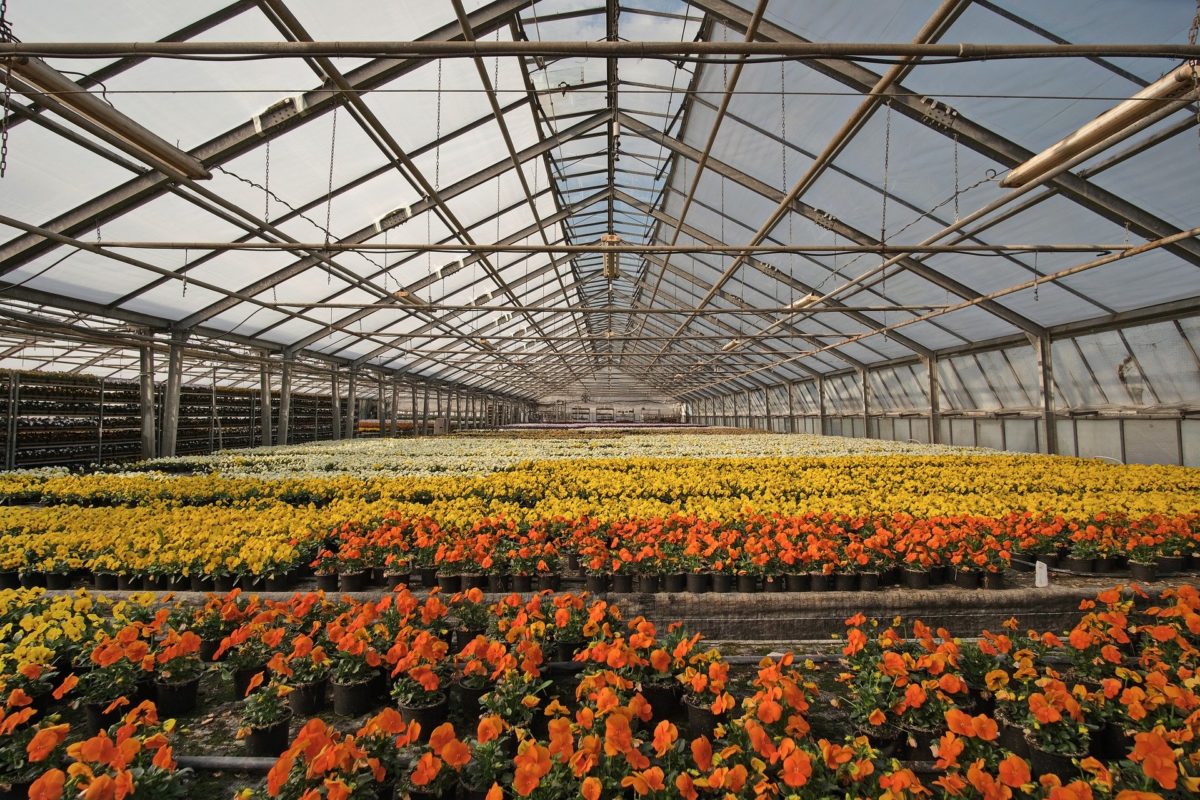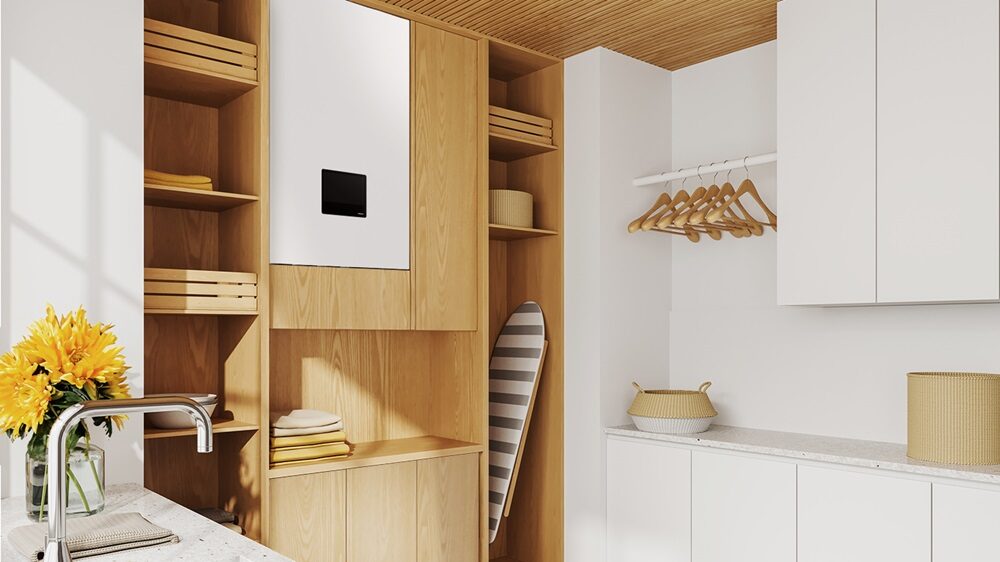Greenhouses are, appropriately enough, a significant contributor to the proportion of greenhouse gases in the atmosphere. Whether used to grow greens out of their natural season or region, or used in the floristry industry, the energy required for heating, irrigation, and the illumination of plants in greenhouses is the main contributor to the 2% of global energy demand from horticulture.
Researchers from Iran's Shiraz University and Mälardalen University, in Sweden, have analyzed the effect of covering greenhouses with various configurations of solar panels on energy and water consumption and plant growth. The results were published in the paper Thermo-environomic assessment of an integrated greenhouse with an adjustable solar photovoltaic blind system, which appeared in the academic journal Renewable Energy.
The scholars modeled various solar panel arrangements on a greenhouse used for rose growing in Iran's Shiraz region, using EnergyPlus simulation software and on-site reference measurements of the actual structure. The greenhouse was virtually clad with 14 checkerboard-style PV module arrangements a meter above the roof. Configurations varied from covering 1.6% to 22.4% of the roof, deploying between 40 and 560 modules rated at 260 Wp and with conversion efficiency of 15.9%. The greenhouse dimensions are 77m long and 53m wide for a 4,081m2 surface, with the roof comprising seven spans with a gutter height of 6m.
The magic number
The researchers calculated covering up to 19.2% of the roof would have no significant impact on crop illumination. That extent of coverage would see natural gas consumption reduced 3.57% and electricity demand 45.5%, with annual CO2 emissions falling by 30.56kg/m2. A system reminiscent of a solar tracker would see greens keepers able to open and close solar blinds to improve plant growth or electricity production. In such a set-up, annual electricity production was modelled at 42.7 kWh/m2. The configuration with the highest number of modules on the roof was also the one with the highest self-sufficiency ratio – 46%. However, that set-up had no batteries, which brought the self-consumption ratio down to 32%. In the configuration with 19.2% roof coverage, 65.5% of the PV array's energy was exported to the grid.
Placing modules above the roof as ‘adaptive shading' is nothing new. Many greenhouses are covered with whitewash, plastic sheets, and thermal screens to optimize growing conditions. The Shiraz structure, used as a reference, uses a plastic sheet which permits 87-90% of solar irradiation to penetrate while absorbing around a third of ultraviolet light.
The researchers said an average greenhouse has annual energy demand of 100-300 kWh/m2, for cooling, heating, lighting, and ventilation. The Shiraz-Mälardalen group carried out a comprehensive analysis of energy flows. With modules on the roof, the increased shading reduces evapotranspiration, one of the main factors in greenhouse energy balance. It changes the enthalpy of the air, describing the airs ability to retain heat as a function of its water vaopr content and pressure.
In the study, the researchers noted no significant temperature and relative humidity differences between greenhouses with PV modules and the reference structure. In terms of illumination, the modeled greenhouses where modules occupied up to 17% of the roof surface did not shade the roses sufficiently. The configuration with 19.2% roof coverage was ideal and layouts occupying more than 19.2% of roofspace did not permit enough light for optimal rose growth.
The reference greenhouse is heated with natural gas and PV made no difference to the model. With a thermal screen having to make way for PV module installation, heat can exit rapidly, requiring more nighttime heating. Some heating requirements could be avoided during the day, however, when the modules' partial shading permitted the right amount of humidity to prevail and kept air enthalpy within the desired margins.
This content is protected by copyright and may not be reused. If you want to cooperate with us and would like to reuse some of our content, please contact: editors@pv-magazine.com.




3 comments
By submitting this form you agree to pv magazine using your data for the purposes of publishing your comment.
Your personal data will only be disclosed or otherwise transmitted to third parties for the purposes of spam filtering or if this is necessary for technical maintenance of the website. Any other transfer to third parties will not take place unless this is justified on the basis of applicable data protection regulations or if pv magazine is legally obliged to do so.
You may revoke this consent at any time with effect for the future, in which case your personal data will be deleted immediately. Otherwise, your data will be deleted if pv magazine has processed your request or the purpose of data storage is fulfilled.
Further information on data privacy can be found in our Data Protection Policy.